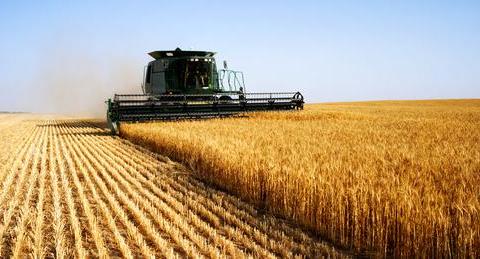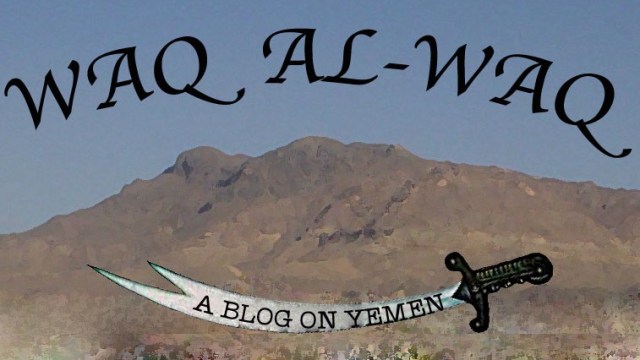Population Growth: The Other Inconvenient Truth

What’s the Latest Development?
How to feed humanity’s growing population is an environmental concern larger than global warming, says Jon Foley, head of the University of Minnesota’s Institute on the Environment. Global agriculture already puts more pressure on planetary resources than any other activity and is the single largest source of man-made greenhouse gasses. “We use 60 times more land to grow and raise food than we do to live on. Farming takes half the world’s available freshwater, much of which is used for irrigation.” With 6.2 million square miles dedicated to growing crops and another 11.6 million set aside for pasture lands, 40% of dry land on Earth is occupied by food production.
What’s the Big Idea?
The most immediate action to be taken, says Foley, is to improve yields in places where infrastructure and design is lacking, such as in Eastern Europe and Sub-Saharan Africa. Beyond that, things get tricky. Promoting Green Revolution techniques, i.e. irrigation and chemical fertilizers, which make American farm land so productive, carry environmental risks. Meat production is also highly inefficient, requiring 32 pounds of corn to produce a single steak. As global wealth rises and populations acquire a taste for diets more rich in meat, inefficient farming will be encouraged to grow. Foley says there is no one solution and that changes will be required of large corporations as well as individual consumers.
Photo credit: Shutterstock.com





